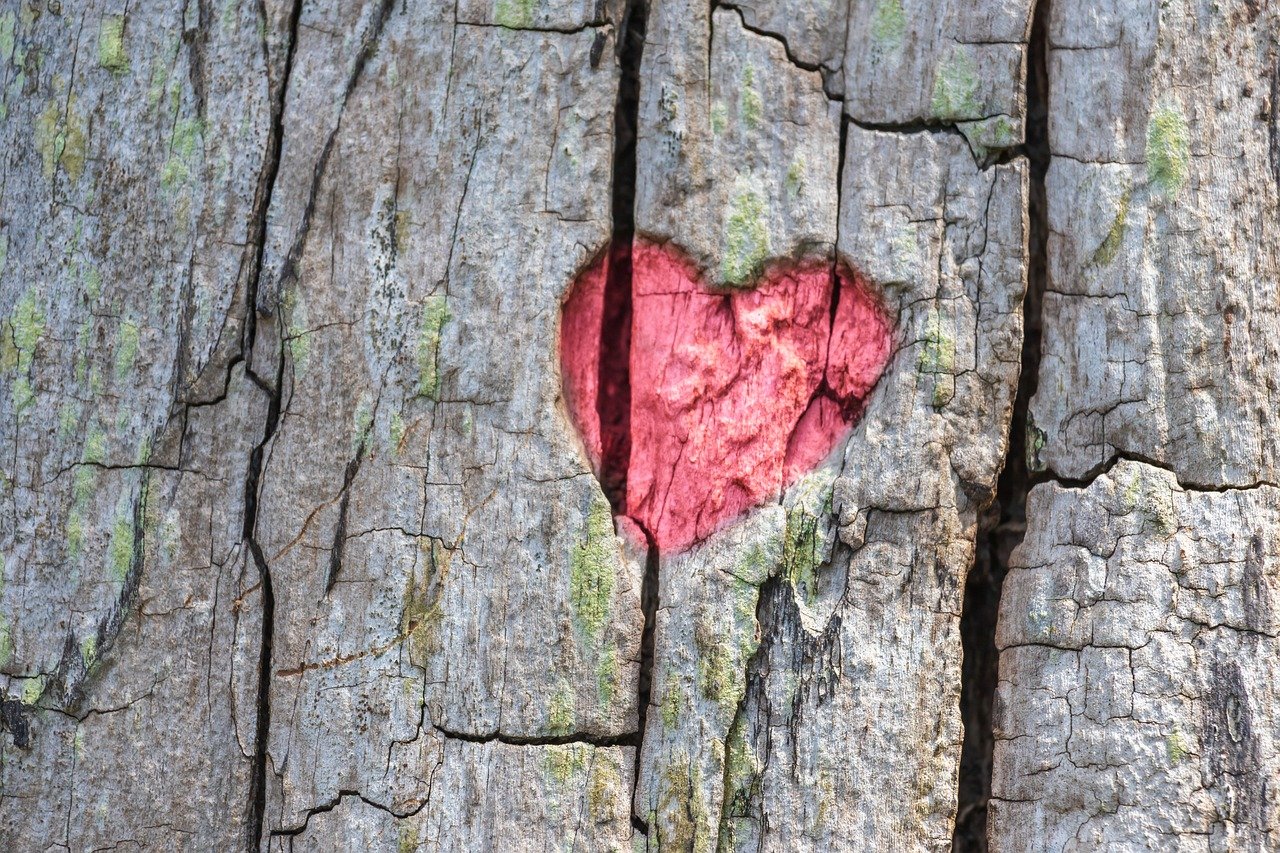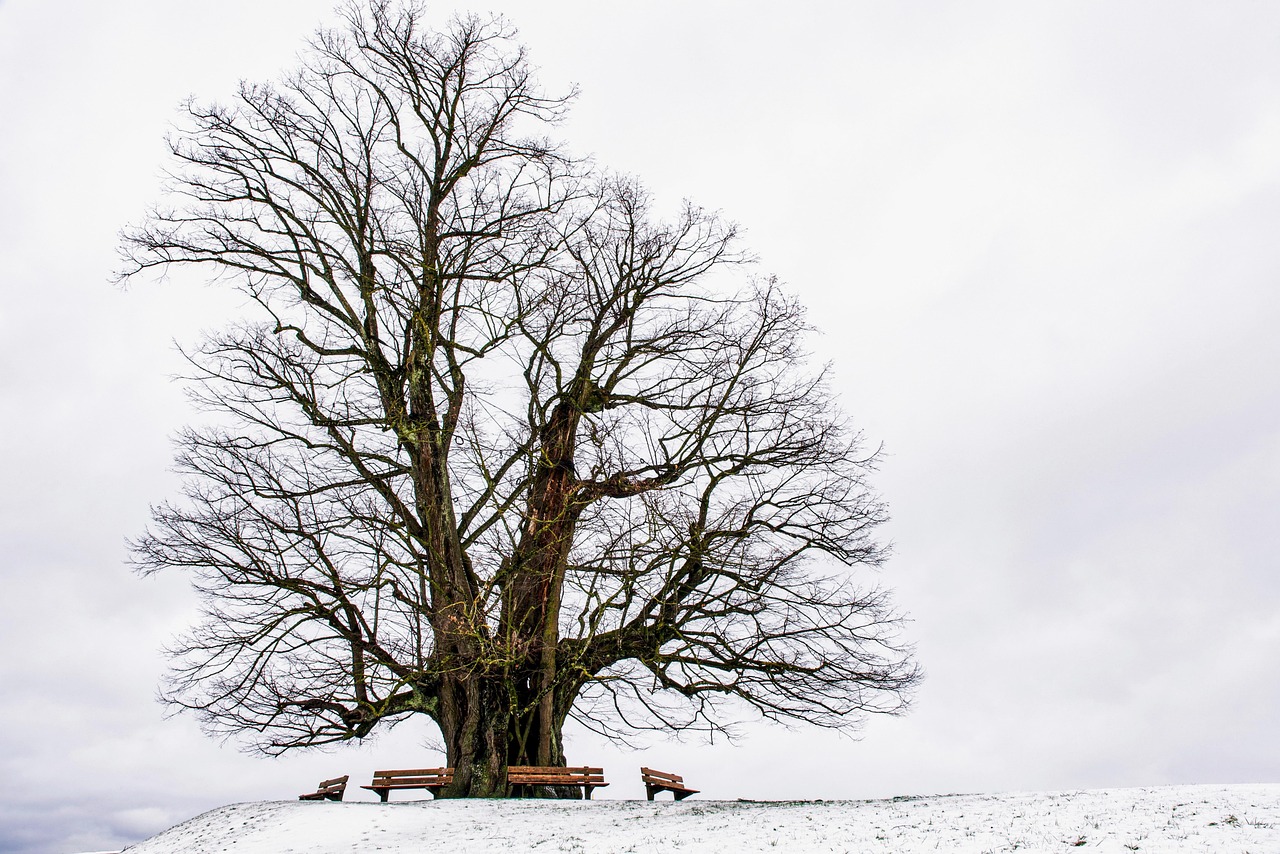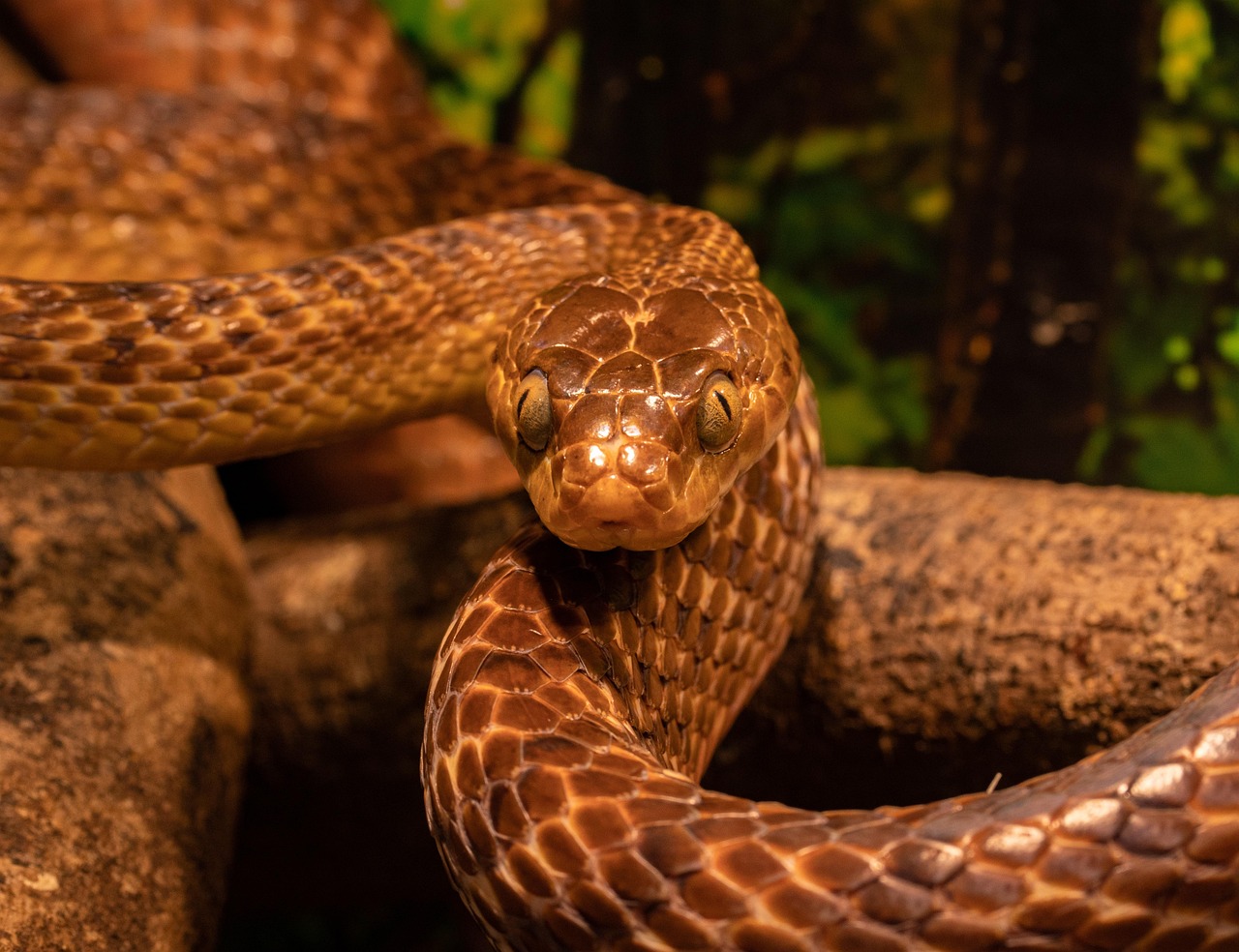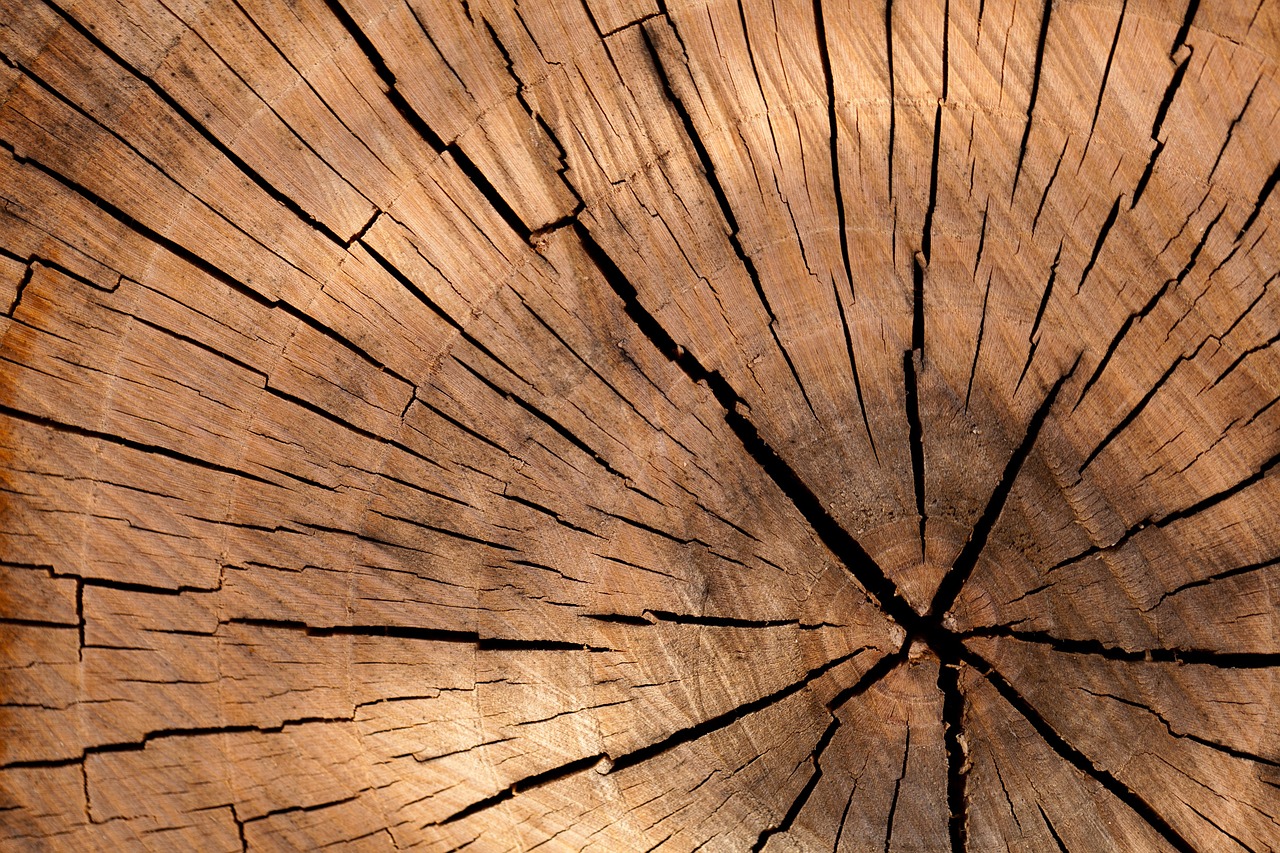The Yellowwood tree (Cladrastis kentukea) has a moderate growth rate, typically achieving 12 to 24 inches of growth per year under optimal conditions. This makes it suitable for restoration projects aiming to establish native forests quickly.
Yellowwood trees are native to the eastern United States and are prized for their beautiful yellow flowers and striking bark. They grow best in well-drained, moist soils and prefer full sun to partial shade. Their ability to thrive in a variety of conditions makes them an excellent choice for forest restoration efforts. Furthermore, Yellowwoods are known to support local wildlife, providing habitat and food sources for various species.

When considering the role of Yellowwood trees in native forest restoration, it is essential to understand their growth characteristics and ecological benefits. The growth rate of Yellowwood trees is influenced by several factors, including soil quality, moisture levels, and surrounding vegetation. To successfully integrate Yellowwoods into restoration projects, planting strategies must take these factors into account.
Growth Characteristics of Yellowwood Trees
The growth characteristics of Yellowwood trees play a crucial role in their suitability for forest restoration. Understanding how these trees grow can help land managers and restoration specialists make informed decisions. Key aspects of their growth characteristics include:
- Height: Yellowwood trees can reach heights of 30 to 50 feet at maturity.
- Canopy Width: The canopy can spread between 30 to 40 feet wide.
- Growth Rate: As mentioned, they typically grow 12 to 24 inches per year.
- Lifespan: Yellowwoods can live for over 150 years under optimal conditions.
The Yellowwood tree is deciduous, shedding its leaves in the fall. In spring, it produces beautiful clusters of fragrant white flowers, which attract pollinators such as bees and butterflies. These flowers not only enhance the aesthetic appeal of the landscape but also contribute to the overall biodiversity of the area.

Factors Affecting Growth Rate
Several environmental and biological factors affect the growth rate of Yellowwood trees. Understanding these factors can assist in maximizing their growth potential during restoration efforts:
- Soil Quality: Yellowwoods thrive in rich, loamy soils that retain moisture while allowing for good drainage.
- Moisture Availability: Adequate moisture is crucial for healthy growth. However, too much water can lead to root rot.
- Sunlight Exposure: These trees prefer full sun but can tolerate partial shade. Insufficient sunlight can hinder their growth.
- Competition: The presence of competing vegetation can influence growth rates. It is essential to manage surrounding plants to reduce competition for resources.
Monitoring these factors during the early stages of growth can lead to better outcomes when planting Yellowwood trees in restoration projects. By ensuring optimal conditions, land managers can expect healthier trees that will contribute to the restoration goals effectively.
Ecological Benefits of Yellowwood Trees
The ecological benefits of incorporating Yellowwood trees into native forest restoration projects extend beyond their growth rates. These trees play a significant role in supporting local ecosystems:

| Benefit | Description |
|---|---|
| Wildlife Habitat | Provides shelter and food for various species, including birds and insects. |
| Erosion Control | Roots help stabilize soil, reducing erosion in areas prone to washout. |
| Biodiversity Enhancement | Supports diverse plant and animal life, contributing to ecological balance. |
| Aesthetic Value | Adds beauty to landscapes with its attractive flowers and foliage. |
The inclusion of Yellowwood trees in forest restoration not only aids in re-establishing native plant communities but also enhances the vitality of the surrounding ecosystem. Their contribution to biodiversity and habitat creation makes them a valuable asset in restoration initiatives.
Planting and Care Techniques for Yellowwood Trees
Successfully establishing Yellowwood trees in a restoration project requires careful planning and attention to detail. The following sections will outline effective planting techniques, care strategies, and maintenance practices to ensure healthy growth and optimal performance of Yellowwood trees in native forests.
Site Selection
Choosing the right site is crucial for the successful growth of Yellowwood trees. Key considerations include:
- Soil Type: Yellowwood prefers well-drained, loamy soils rich in organic matter. Conducting a soil test can help determine the suitability of the planting area.
- Sunlight: Select a location that receives full sun to partial shade. Avoid areas with dense overhead canopy that may block sunlight.
- Moisture Levels: Ensure the site has consistent moisture without standing water. This balance is essential for root development.
Planting Techniques
When planting Yellowwood trees, following best practices can enhance survival rates and promote vigorous growth. Here are steps to consider:

- Timing: The ideal time for planting Yellowwood trees is during the early spring or fall when temperatures are moderate.
- Preparation: Clear the planting area of competing vegetation. Create a hole that is twice as wide and deep as the root ball of the tree.
- Spacing: Space trees at least 20 to 30 feet apart to allow for their mature canopy spread.
- Planting Depth: Place the tree in the hole at the same depth it was grown in the nursery. Backfill with soil, ensuring there are no air pockets around the roots.
- Watering: Water thoroughly after planting to settle the soil around the roots. Maintain consistent moisture during the first growing season.
Maintenance Practices
Once planted, Yellowwood trees require ongoing care and maintenance to thrive. Regular attention will support their growth and health throughout their lifespan.
Watering
Watering is critical, especially during dry spells. Here are some guidelines:
- Frequency: Water deeply once or twice a week during dry periods, especially when young.
- Mulching: Apply a 2-3 inch layer of organic mulch around the base to retain moisture and suppress weeds.
Fertilization
Fertilizing Yellowwood trees can boost growth, particularly in nutrient-deficient soils. Consider these points:
- Soil Testing: Conduct a soil test to determine nutrient levels before fertilizing.
- Type of Fertilizer: Use a balanced slow-release fertilizer in early spring. Follow manufacturer guidelines for application rates.
Pest and Disease Management
Pest and disease issues can threaten Yellowwood trees. Regular monitoring can help detect problems early. Some common concerns include:
- Aphids: These insects may infest young leaves. Use insecticidal soap if necessary.
- Canker Diseases: Look for signs of cankers on branches and trunks. Prune affected areas promptly to prevent spread.
Pruning
Pruning helps maintain tree structure and health. Follow these guidelines for effective pruning:
- Timing: Prune during late winter or early spring while the tree is dormant.
- Technique: Remove dead or damaged branches and thin out crowded areas to improve airflow and light penetration.
Environmental Considerations
The integration of Yellowwood trees into restoration projects must also consider environmental factors. Understanding their interactions within the ecosystem can enhance their effectiveness in promoting forest health.
- Nitrogen Fixation: Yellowwood trees can enhance soil nutrient levels, supporting surrounding flora.
- Pollinator Support: Their flowers attract various pollinators, contributing to overall biodiversity within restoration sites.
- Sustainability: Planting native species like Yellowwood promotes sustainability by creating resilient ecosystems that require less maintenance over time.
The combination of proper planting techniques, ongoing care, and consideration of ecological impacts ensures that Yellowwood trees can successfully thrive in native forest restoration efforts. As these trees grow and mature, they contribute significantly to restoring local ecosystems and enhancing biodiversity.
Challenges in Yellowwood Tree Cultivation
While the Yellowwood tree is an excellent choice for restoration projects, there are challenges associated with its cultivation. Understanding these challenges can help land managers and restoration specialists develop effective strategies for overcoming them.
Soil and Environmental Limitations
Yellowwood trees thrive in specific soil and environmental conditions. Here are some limitations to consider:
- Soil Drainage: Poorly drained soils can lead to root rot. It is essential to assess drainage before planting.
- Soil pH: Yellowwoods prefer a slightly acidic to neutral pH (6.0 to 7.0). Extreme pH levels can hinder nutrient uptake.
- Climate Sensitivity: Yellowwood trees are sensitive to extreme weather conditions. Late spring frosts can damage young leaves and flowers.
Pest and Disease Vulnerabilities
In addition to environmental challenges, Yellowwood trees may be susceptible to pests and diseases. Common threats include:
- Scale Insects: These pests can weaken trees by feeding on sap. Regular monitoring is necessary for early detection.
- Leaf Spot Fungi: Fungal infections can cause leaf discoloration and premature leaf drop. Proper sanitation and spacing can help minimize outbreaks.
- Root Rot: Overwatering or persistent wet conditions can lead to root rot, necessitating the importance of good drainage practices.
Utilization of Yellowwood Trees in Restoration Projects
The versatile nature of Yellowwood trees makes them suitable for various types of restoration projects. Their adaptability allows them to fulfill multiple roles in forest ecosystems.
Riparian Restoration
Yellowwood trees are particularly beneficial in riparian zones, which are areas adjacent to rivers and streams. Here’s how they contribute:
- Erosion Control: The root systems of Yellowwoods help stabilize riverbanks, preventing soil erosion.
- Water Quality Improvement: By filtering runoff, these trees enhance water quality in nearby waterways.
- Habitat Creation: They provide cover and food sources for aquatic and terrestrial wildlife, promoting biodiversity.
Urban Forestry
In urban settings, Yellowwood trees can improve green spaces significantly. Their contributions include:
- Aesthetic Appeal: The striking appearance of Yellowwood trees adds beauty to urban landscapes.
- Shade Provision: They offer shade, reducing urban heat islands and improving energy efficiency in nearby buildings.
- Air Quality Improvement: Trees help filter pollutants from the air, contributing to better urban air quality.
Wildlife Habitat Restoration
Yellowwood trees play a critical role in restoring habitats for various wildlife species. Their benefits include:
- Nesting Sites: The sturdy branches provide excellent nesting sites for birds and small mammals.
- Pollen and Nectar Source: Yellowwoods attract pollinators, supporting insect populations that are vital for ecosystem health.
- Food Supply: The seeds and foliage serve as food for various animal species, enhancing local food webs.
Case Studies and Success Stories
Real-world examples can provide valuable insights into the successful implementation of Yellowwood trees in restoration projects. Here are a few notable case studies:
Case Study 1: Midwest Riparian Restoration Project
A recent project in the Midwest focused on restoring a degraded riparian area using Yellowwood trees. Key outcomes included:
- Erosion Reduction: The establishment of Yellowwoods significantly reduced bank erosion along the river, stabilizing the banks.
- Biodiversity Increase: The project led to a notable increase in bird diversity within the area, attributed to the newly created habitat.
Case Study 2: Urban Green Space Initiative
An urban green space initiative in a major city incorporated Yellowwood trees to enhance local parks. Successful results included:
- Community Engagement: Local residents participated in planting events, fostering community pride and stewardship.
- Improved Air Quality: Monitoring showed a measurable improvement in air quality within the vicinity of the newly planted trees.
Case Study 3: Wildlife Corridor Enhancement
A wildlife corridor project utilized Yellowwood trees to connect fragmented habitats. Outcomes included:
- Increased Wildlife Movement: The corridor facilitated movement between habitats, enhancing genetic diversity among local wildlife populations.
- Sustainable Ecosystem Development: The project promoted a self-sustaining ecosystem that requires minimal ongoing maintenance.
These case studies illustrate the potential of Yellowwood trees in various restoration contexts, showcasing their adaptability and ecological benefits. As more projects incorporate these native trees, the positive impacts on ecosystems and communities will continue to grow.
Future Prospects for Yellowwood Trees in Restoration
The future of Yellowwood trees in restoration efforts looks promising, given their adaptability and ecological benefits. As more communities recognize the importance of native species, incorporating Yellowwood trees into restoration plans will likely increase. Several factors contribute to their potential in enhancing forest ecosystems.
Research and Innovations
Ongoing research into the growth patterns, pest resistance, and ecological interactions of Yellowwood trees is essential. Innovations in tree breeding and genetics may lead to improved varieties that can thrive in diverse conditions. Additionally, studies focusing on the role of Yellowwood trees in carbon sequestration can highlight their importance in combating climate change.
Community Engagement and Education
Engaging local communities in restoration projects involving Yellowwood trees can foster a sense of ownership and stewardship. Educational programs can help raise awareness about the ecological benefits of these trees and encourage community involvement in planting and maintenance efforts. This grassroots involvement is vital for the long-term success of restoration initiatives.
Policy and Funding Support
Support from local and state policies can significantly impact the adoption of Yellowwood trees in restoration projects. Funding opportunities for urban greening initiatives, wildlife habitat restoration, and riparian zone rehabilitation can incentivize the incorporation of these trees. Advocacy for policies that promote native species planting will be crucial in ensuring the sustainability of restoration efforts.
Final Thoughts
The Yellowwood tree represents a valuable asset in the landscape of native forest restoration. With a moderate growth rate and a variety of ecological benefits, it plays an essential role in restoring habitats, improving biodiversity, and enhancing the resilience of ecosystems. Its ability to thrive in various conditions makes it a versatile choice for restoration projects across different environments.
Successful cultivation and integration of Yellowwood trees require careful planning, ongoing care, and community engagement. By addressing challenges related to soil quality, pest management, and environmental factors, land managers can maximize the potential of these trees in restoration efforts.
As the understanding of Yellowwood’s ecological contributions continues to grow, so too will the opportunities for its use in diverse restoration contexts. By fostering collaboration among researchers, community members, and policymakers, we can ensure that Yellowwood trees not only thrive but also enhance the health and vitality of our forests for generations to come.
In conclusion, embracing Yellowwood trees as a cornerstone of forest restoration can lead to healthier ecosystems and enriched biodiversity. Their integration into various restoration projects offers a pathway toward sustainable environmental management, showcasing the importance of native species in our landscapes.
